Let’s Talk About the “One China Policy”
![]()
Karisma Wilson is a Project Pengyou 2017 Spring intern. She has put together a guide to help Pengyous better understand the “One China Policy”.
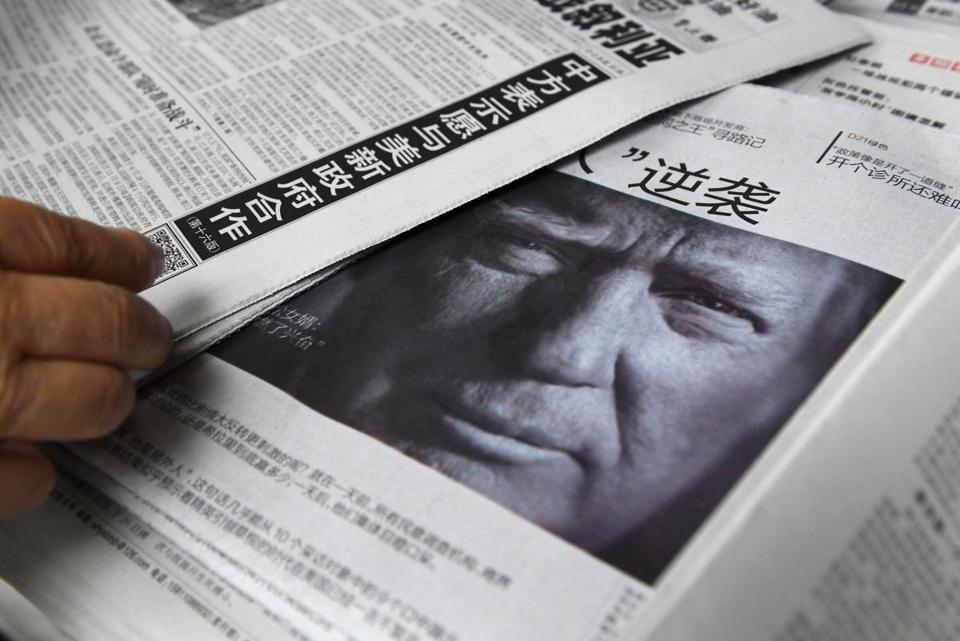
If you’ve been paying attention to the news lately, you’ve likely been hearing a lot about something called the “One China Policy”.
In December 2016, United States President Donald Trump shocked the global community by breaking precedent set by six of the past Presidents and inadvertently recognizing Taiwanese President, Tsai Ing-Wen via phone call. Following the call, there was much speculation about how this could affect Sino-US relations.
So what exactly does “One China” mean, and how did it come to be so influential to international politics? We’ll break it down for you with a bit of the historical background:
China before the PRC
The nation known today as China has more than 3,500 years of written history. A series of dynasties, civil and foreign fighting, and complicated international relations have led to the establishment of the “One China” policy in handling China’s diplomacy and government.
See the development over time in the maps below:
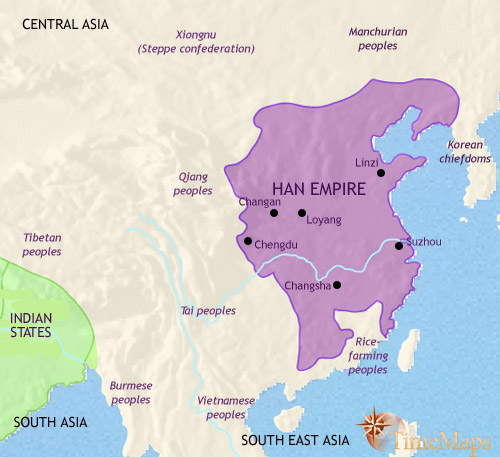
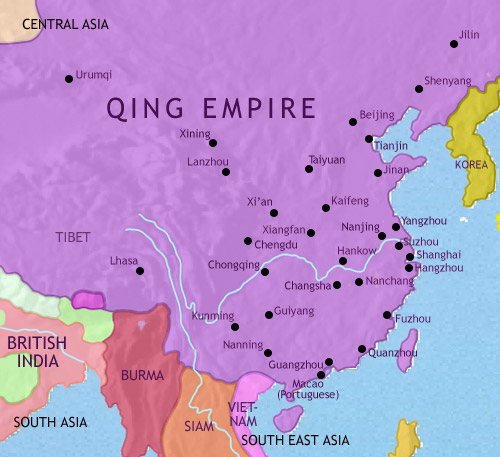
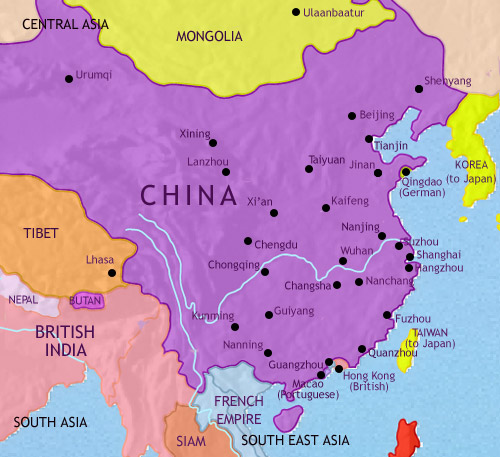
Birth of the People’s Republic of China
Until 1960, China remained locked in a struggle for territory and influence throughout Asia with Japan. Several scholars of the time referred to Japan’s actions as a threat to the sovereignty of China and eventually led to dissatisfaction with the Qing dynasty and played a part in the eventual Chinese Revolution.
After this period there was a great deal of civil unrest in China, as the Nationalist and Communist parties struggled to become the new ascendant force of the country. By 1949 the Communist Party controlled all of China except Taiwan, where the Nationalist Party had fled. However, for a long time both parties still maintained a claim on both the island and the mainland.
In the succeeding years, as China established itself as a nation, many countries took sides, accepting either the Republic of China, or the Nationalist Party, located in Taiwan. The US, at the time locked in a Cold War with Russia and in the throes of the Red Scare, originally chose to recognize Taiwan in an attempt to curb the spread of communism in such an influential country.
The US Official Recognition of the PRC
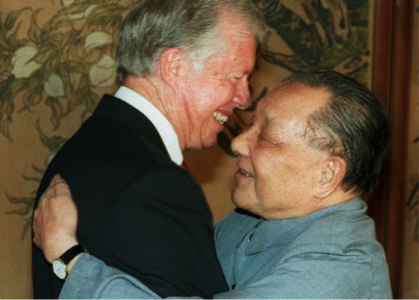
In 1978 Deng Xiaoping opened China’s economy to the world, and US established formal, diplomatic ties with Beijing the following year. With this decision the US was forced to close its Taipei embassy and began to acknowledge the “One China” policy.
This foreign policy essentially states the US will only acknowledge a singular, Chinese government, renouncing the Taiwanese claim. China and the United States are critically, economically intertwined, so the formality of recognizing the People’s Republic of China is significant for continued economic relations between the two political powers.
Despite this, the US has established several laws protecting its relationship with Taiwan. The 1979 Taiwan Relations Act guarantees the island support in the event of act of force, as an attempt to maintain peace throughout Asia. There are several other policies within US diplomacy that support the Taiwanese, including the American Institute in Taiwan which maintains cultural, commercial, and other unofficial relations with the people of Taiwan.
So Why is “One China” so Important?
The United States has an active relationship with both the island of Taiwan and Mainland China, so diplomacy involving either government is delicate and fraught with tension even at the best of times. Thus, a direct call from a sitting US president to a Taiwanese President was considered a pretty significant faux pas.
After a short silent treatment, President Trump finally acknowledged the “One China” policy in a phone call with Chinese president Xi Jinping. Both sides described the interaction as cordial, and claim mutual respect.
On the Chinese side of the Sino-US relationship, many consider the US recognition of the One China Policy to be the bedrock of the diplomatic relationship. Considering China’s rising global influence, we hope that both countries will find ways to continue a healthy dialogue about important issues such as these.
*Project Pengyou does not take a political stance on the One China Policy. This post was written with the intention of informing China Watchers about the historical background surrounding the issue.
I would like to cite President Carter’s speech in 1979 to declare mutual recognition between the U.S. and China – the five points declaration:
– Both wish to reduce the danger of international military conflict.
—Neither should seek hegemony in the Asia-Pacific region or in any other region of the world and each is opposed to efforts by any other country or group of countries to establish such hegemony.
—Neither is prepared to negotiate on behalf of any third party or to enter into agreements or understandings with the other directed at other states.
—The Government of the United States of America acknowledges the Chinese position that there is but one China and Taiwan is part of China.
—Both believe that normalization of Sino-American relations is not only in the interest of the Chinese and American peoples but also contributes to the cause of peace in Asia and the world.
If both countries honor these five points, there is no doubt that One China policy is important to both countries.
Dr. Wordman
Hi Dr. Wordman! Thank you for your input and for including those points from President Carter’s speech. Is there a link you could share with us for the full speech text so that others may read more if they are curious?
Thanks!
-Team Pengyou